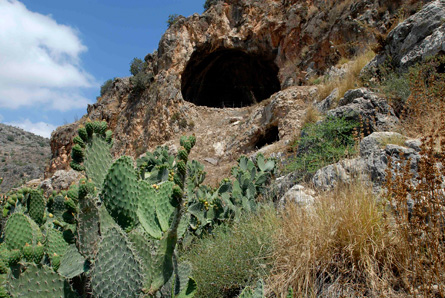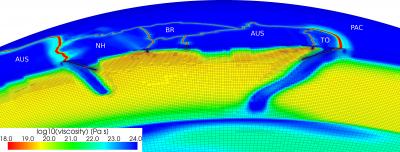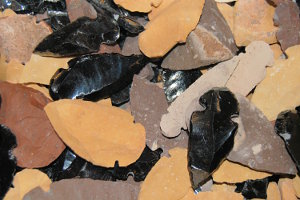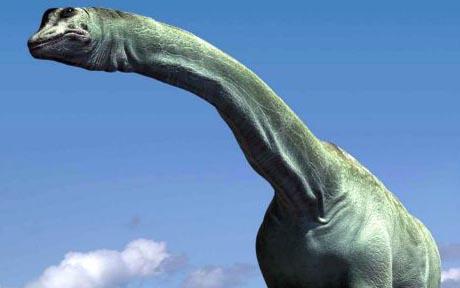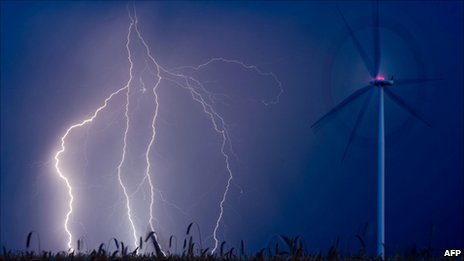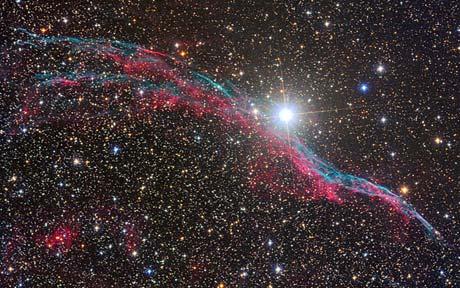
Amateur astronomer Peter Shah who has taken astonishing shots of the universe from his garden shed
The argument over whether the universe has a creator, and who that might be, is among the oldest in human history. But amid the raging arguments between believers and skeptics, one possibility has been almost ignored - the idea that the universe around us was created by people very much like ourselves, using devices not too dissimilar to those available to scientists today.
As with much else in modern physics, the idea involves particle acceleration, the kind of thing that goes on in the Large Hadron Collider in Switzerland. Before the LHC began operating, a few alarmists worried that it might create a black hole which would destroy the world. That was never on the cards: although it is just possible that the device could generate an artificial black hole, it would be too small to swallow an atom, let alone the Earth.
